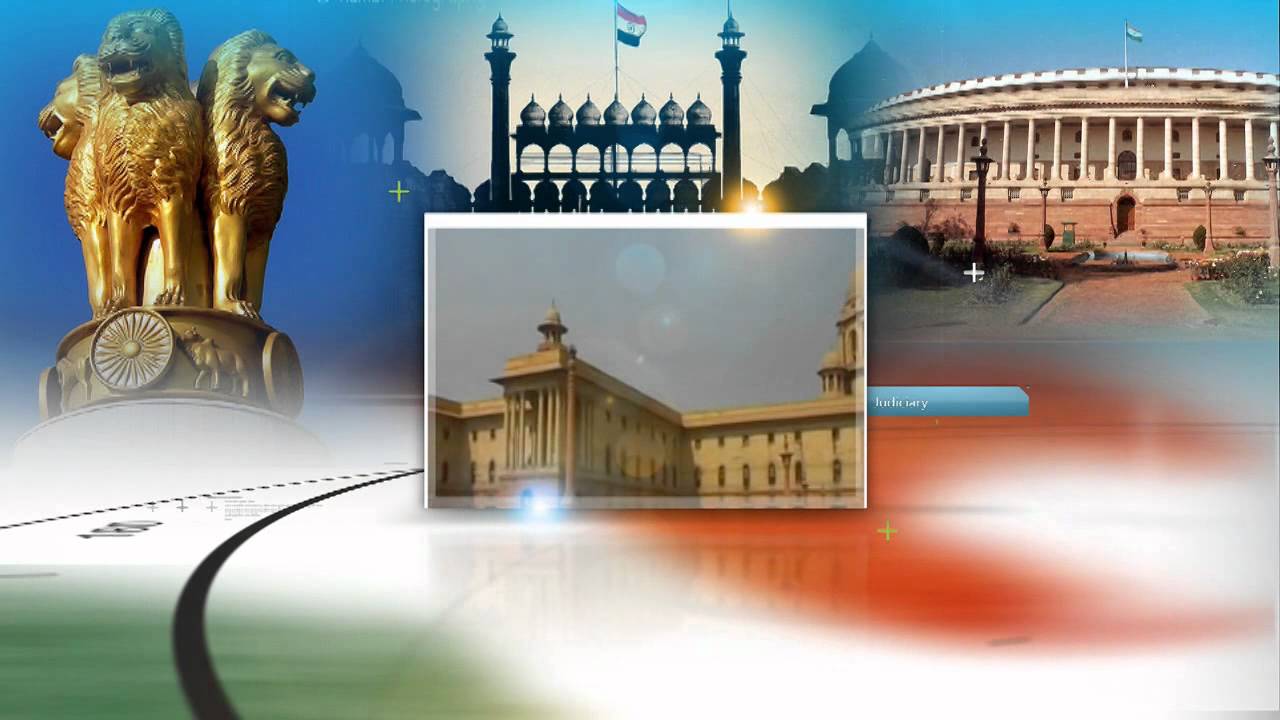Font size:
Print
Discrepancy in Child Labour Cases
Context:
A recent study by Enfold and CivicDataLab has revealed a significant discrepancy between child labour cases recorded by the National Crime Records Bureau (NCRB) and judicial data from the e-Courts platform.
More on News
- The study, based on data from Maharashtra, Assam, Bihar, Jharkhand, Tamil Nadu, and Uttar Pradesh, found that child labour cases in these states are nearly eight times higher than official NCRB records.
Discrepancy in Reported Cases
- NCRB: Between 2015 and 2022, NCRB recorded 1,329 cases under the Child and Adolescent Labour (Prohibition and Regulation) Act, 1986 (CALPRA), in these six states.
- e-Courts: However, data extracted from the e-Courts platform revealed 9,193 trials related to child labour within the same period.
- The significant difference suggests that many child labour cases are not fully captured in NCRB’s reporting mechanisms.
- The findings were part of the report titled The Possibilities of eCourts Data for Advancing Research on Law Implementation, launched at the India International Centre (IIC) in Delhi by former Supreme Court Justice Madan Lokur.
- The report underscores the potential of judicial data to offer a more comprehensive understanding of law enforcement and crime trends in the country.
Regulatory Framework
Constitutional Provisions:
- Article 24 (Prohibition of Child Labour): This article explicitly prohibits the employment of children below the age of 14 years in any factory, mine, or hazardous occupation. It aims to protect children from exploitation and ensure their right to a safe environment free from work-related hazards.
- Article 21A (Right to Education): This article mandates that the State shall provide free and compulsory education to all children aged 6 to 14 years. This provision supports the elimination of child labour by ensuring that children have access to education instead of being engaged in work.
- Article 39(e) and (f): These articles direct the State to ensure that children are not forced by economic necessity to enter occupations unsuited to their age and that childhood and youth are protected against exploitation and against the degradation of their health.
Legislative Framework:
- Child Labour (Prohibition and Regulation) Act, 1986: This act prohibits the employment of children in certain hazardous occupations and regulates the working conditions of adolescents.
- Right of Children to Free and Compulsory Education Act, 2009: Enforces the right to education for children aged 6 to 14 years, further discouraging child labour.
Understanding the Data Gap
- The study attributes this disparity to NCRB’s Principal Offence Rule, under which only the most severe offence in a case is recorded in official statistics.
- As a result, when child labour violations are clubbed with more serious crimes in a single First Information Report (FIR), they often go unreported in NCRB’s data.
- The e-Courts Mission Mode Project, a pan-India initiative under the Ministry of Law and Justice, played a crucial role in the study.
- The online platform allows access to case details such as pendency, hearing dates, and trial stages, helping researchers and policymakers gain deeper insights into the judicial system.
Way Forward
- The study underscores the necessity for comprehensive and transparent data collection mechanisms to ensure effective law enforcement.
- With lakhs of cases pending in courts, a data-driven approach can help policymakers and researchers develop more effective strategies to combat child labour and improve justice delivery in India.
As child labour remains a pressing issue, leveraging judicial data from platforms like e-Courts can provide a clearer picture of law enforcement efforts and ensure that every violation is accounted for and addressed effectively.


